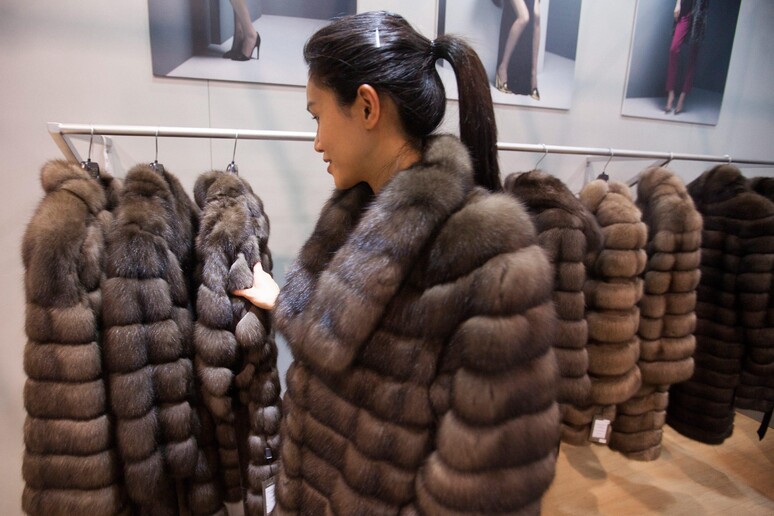Faux fur coats, a must-have in
the Winter 2018-2019 fashion collections, are emblematic of a
movement towards more ecological choices in the fashion industry
and society in general.
Many stylists have announced that they are going "fur-free",
including Gucci, Giorgio Armani, Chanel, Donatella Versace,
Louis Vuitton, Prada, and Hermes.
Brunello Cucinelli this year showed an ecological fur made of
natural mohair, while Stella McCartney, who has always put
sustainability at the forefront of her collections, titled her
most recent show "Green is the New Black".
Although the new "furs" are cruelty-free, their production
raises questions about how environmentally friendly they are.
Despite a few specialised houses that produce faux furs using
wool, the majority are made with synthetic fibres such as nylon,
acrylic, and polyester.
Another fibre that is often used is called Kanecaron, which
contains between 30 and 85% of the chemical acrylonitrile, which
is the basis for plastic.
Leading the movement that is raising questions about the
sustainability of fake fur is "Lady Fur", a.k.a. Samantha De
Riviziis, a former model and international influencer.
"How environmentally friendly are ecological furs and
fur-free? The fibres come from petroleum, just like plastic,
they aren't biodegradable and they pollute the environment," De
Riviziis said.
"There's a lot of confusion. Designers should communicate
more clearly with consumers, defining what it means to be
'organic', 'eco', 'green', 'fur-free', 'vegan' and 'eco-fur',
because it doesn't always mean respect for the environment," she
said.
"If a brand says that it is sustainable, it should think
about social, environmental, and economic sustainability," she
said.
In 2018, several fashion houses announced they will no longer
produce real fur, including Gucci, Versace, Michael Kors, Jimmy
Choo, Furla, John Galliano and Donna Karan.
Tom Ford and Givenchy have substituted exotic leathers not
only with synthetic fibres, but also with discarded hides from
the food industry.
ALL RIGHTS RESERVED © Copyright ANSA











